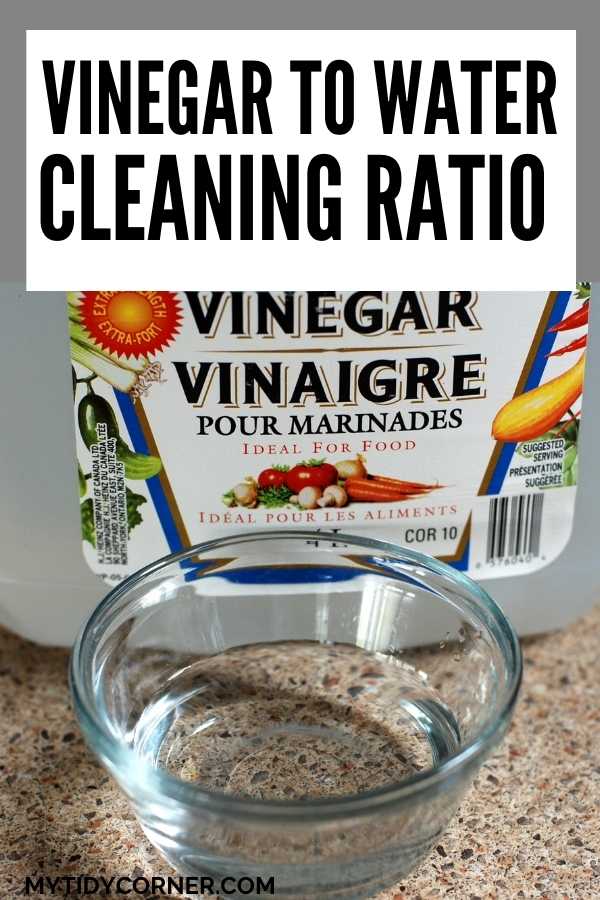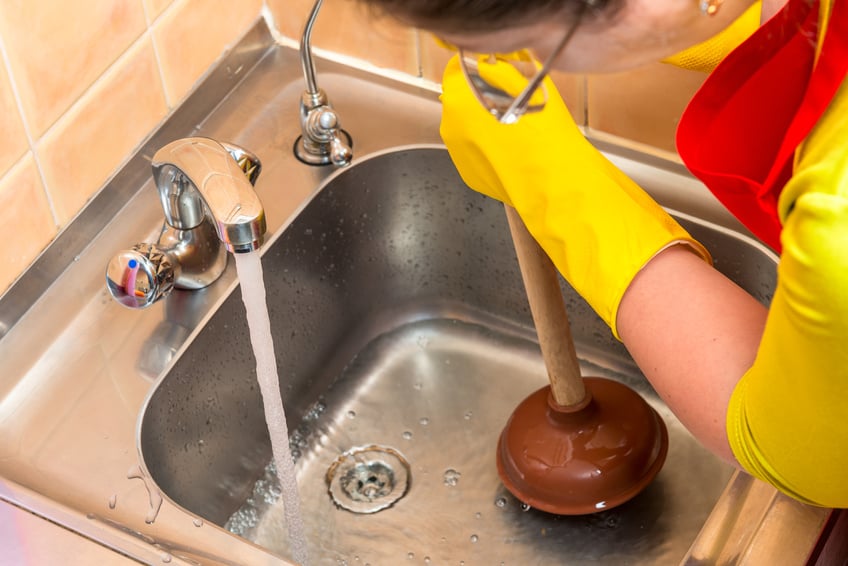Keeping your kitchen sink clean and free from bacteria is essential for maintaining a healthy and hygienic environment in your home. While there are many commercial cleaning products available in the market, they often contain harsh chemicals that can be harmful to your health and the environment. Fortunately, there is a natural and effective solution that can help you clean your kitchen sink – vinegar. Vinegar is a versatile and cost-effective cleaning agent that is readily available in most households. Its acidic nature makes it a powerful disinfectant and deodorizer, making it perfect for cleaning your kitchen sink. Here’s how you can use vinegar to keep your kitchen sink sparkling clean: Step 1: Prepare your cleaning solution To clean your kitchen sink with vinegar, you will need equal parts of white vinegar and water. You can also add a few drops of your favorite essential oil to add a pleasant scent to your cleaning solution. Mix the ingredients in a spray bottle and shake well. Step 2: Remove any debris Before you start cleaning, make sure to remove any food scraps or debris from your sink. You can use a scrub brush or a sponge to get rid of any stubborn residue. Step 3: Spray the cleaning solution Spray the vinegar and water solution all over your sink, making sure to cover all areas, including the sides and bottom of the sink. Let it sit for a few minutes to allow the vinegar to work its magic. Step 4: Scrub and rinse Using a scrub brush or sponge, scrub your sink in circular motions to remove any stains or buildup. Rinse your sink thoroughly with warm water to remove any residue. Step 5: Dry and shine Finally, use a clean cloth to dry your sink and give it a shine. Your kitchen sink will now be clean and free from bacteria.1. How to Clean Your Kitchen Sink with Vinegar
A clogged kitchen sink is a common household problem that can be frustrating to deal with. While there are many chemical drain cleaners available, they can be harsh and damaging to your pipes. Instead, you can use a natural and safe solution – vinegar and baking soda – to unclog your kitchen sink drain. Step 1: Pour baking soda down the drain Start by pouring half a cup of baking soda down your drain. Make sure to push it down as far as possible using a spoon or any other tool. Step 2: Add vinegar Next, pour half a cup of white vinegar down the drain. The combination of baking soda and vinegar will create a chemical reaction that will help to dissolve any buildup or clogs in your drain. Step 3: Let it sit Allow the mixture to sit in your drain for at least 10 minutes. You will hear a fizzing sound, which means that the solution is working to break down any clogs. Step 4: Pour hot water down the drain After 10 minutes, pour a pot of hot water down your drain to flush out any remaining debris. Step 5: Repeat if necessary If your drain is still clogged, you can repeat the process until the clog is completely cleared.2. Vinegar and Baking Soda Drain Cleaner for Kitchen Sink
If your kitchen sink is clogged, but you don’t have baking soda on hand, don’t worry – vinegar can still come to your rescue. Here are a few natural ways you can use vinegar to unclog your kitchen sink: 1. Vinegar and Salt Solution Mix equal parts of white vinegar and salt and pour it down your drain. Let it sit for 15 minutes before flushing it with hot water. 2. Vinegar and Hot Water Solution If your kitchen sink is clogged due to grease buildup, pour a cup of vinegar down your drain followed by hot water. This will help to dissolve the grease and unclog your drain. 3. Vinegar and Plunger Method If your kitchen sink is still clogged, you can use a plunger to clear the clog. First, pour a cup of vinegar down your drain and let it sit for a few minutes. Then, use a plunger to push the clog out.3. Natural Ways to Unclog a Kitchen Sink with Vinegar
Stains are a common problem in kitchen sinks, especially if they are made of stainless steel. Fortunately, you can use vinegar and salt to remove stubborn stains and make your sink look brand new. Step 1: Make a paste In a bowl, mix equal parts of white vinegar and salt to make a paste. Step 2: Apply the paste Using a sponge or a cloth, apply the paste on the stained areas of your sink. Make sure to cover the entire stain with the paste. Step 3: Let it sit Leave the paste on the stained areas for at least 10 minutes to allow the vinegar to work its magic. Step 4: Scrub and rinse Using a scrub brush or a sponge, scrub the stained areas in a circular motion. Rinse your sink with warm water to remove any residue. Step 5: Dry and shine Finally, use a clean cloth to dry your sink and give it a shine. The stains will be gone, and your sink will look clean and fresh.4. Vinegar and Salt Solution for Removing Stains from Kitchen Sink
If you want to add a refreshing scent to your kitchen sink while cleaning it, you can use a combination of vinegar and lemon. Lemon has natural antibacterial properties and a fresh citrus scent, making it perfect for cleaning your kitchen sink. Step 1: Cut a lemon in half Cut a lemon in half and squeeze out the juice into a bowl. Step 2: Add vinegar Add equal parts of white vinegar and lemon juice to the bowl and mix well. Step 3: Apply the solution Using a cloth or sponge, apply the solution all over your sink, making sure to cover all areas. Step 4: Let it sit Allow the solution to sit for a few minutes to allow the vinegar and lemon to work their magic. Step 5: Scrub and rinse Using a scrub brush or sponge, scrub your sink in circular motions to remove any stains or buildup. Rinse your sink with warm water to remove any residue. Step 6: Dry and shine Finally, use a clean cloth to dry your sink and give it a shine. Your kitchen sink will now be clean, disinfected, and have a pleasant lemony scent.5. DIY Kitchen Sink Cleaner with Vinegar and Lemon
If your kitchen sink is particularly dirty or greasy, a simple vinegar solution may not be enough to get it clean. In such cases, you can use a combination of vinegar and dish soap to cut through the grease and grime. Step 1: Mix the ingredients In a bowl, mix equal parts of white vinegar and dish soap. You can also add a few drops of your favorite essential oil for a pleasant scent. Step 2: Apply the solution Using a cloth or sponge, apply the solution all over your sink, making sure to cover all areas. Step 3: Let it sit Allow the solution to sit for a few minutes to loosen any dirt or grime. Step 4: Scrub and rinse Using a scrub brush or sponge, scrub your sink in circular motions to remove any stains or buildup. Rinse your sink with warm water to remove any residue. Step 5: Dry and shine Finally, use a clean cloth to dry your sink and give it a shine. Your kitchen sink will now be clean, grease-free, and have a pleasant scent.6. Vinegar and Dish Soap Solution for Cleaning Kitchen Sink
Hard water stains are a common problem in kitchen sinks, especially if you live in an area with hard water. These stains can be tough to remove, but vinegar can help to break them down and make your sink look clean and shiny. Step 1: Prepare your cleaning solution In a spray bottle, mix equal parts of white vinegar and water. You can also add a few drops of your favorite essential oil for a pleasant scent. Step 2: Spray the solution Spray the solution all over your sink, making sure to cover all areas, including the sides and bottom of the sink. Step 3: Let it sit Allow the solution to sit for at least 10 minutes to allow the vinegar to work on the hard water stains. Step 4: Scrub and rinse Using a scrub brush or sponge, scrub your sink in circular motions to remove the hard water stains. Rinse your sink with warm water to remove any residue. Step 5: Dry and shine Finally, use a clean cloth to dry your sink and give it a shine. Your kitchen sink will now be free from hard water stains and look clean and shiny.7. How to Remove Hard Water Stains from Kitchen Sink with Vinegar
If your kitchen sink is made of stainless steel, you may notice rust spots over time. These can be unsightly and challenging to remove, but a mixture of vinegar and baking soda can help to get rid of them. Step 1: Make a paste In a bowl, mix equal parts of baking soda and white vinegar to make a paste. Step 2: Apply the paste Using a cloth or sponge, apply the paste on the rust spots in your sink. Make sure to cover the entire stain with the paste. Step 3: Let it sit Leave the paste on the rust spots for at least 30 minutes to allow the vinegar and baking soda to work their magic. Step 4: Scrub and rinse Using a scrub brush or sponge, scrub the rust spots in a circular motion. Rinse your sink with warm water to remove any residue. Step 5: Dry and shine Finally, use a clean cloth to dry your sink and give it a shine. The rust spots will be gone, and your sink will look clean and new.8. Vinegar and Baking Soda Paste for Removing Rust from Kitchen Sink
Aside from cleaning your kitchen sink, vinegar can also help to get rid of any unpleasant odors coming from your drain. By adding a few drops of your favorite essential oil, you can create a natural and refreshing scent in your kitchen sink. Step 1: Mix the ingredients In a spray bottle, mix equal parts of white vinegar and water. Add a few drops of your favorite essential oil and mix well. Step 2: Spray the solution Spray the solution down your drain to get rid of any odors coming from it. Step 3: Let it sit Allow the solution to sit in your drain for at least 15 minutes to eliminate any unpleasant smells. Step 4: Flush with hot water After 15 minutes, flush your drain with hot water to remove any remaining residue.9. Natural Drain Deodorizer for Kitchen Sink using Vinegar and Essential Oils
If your kitchen sink is completely clogged and none of the above methods have worked, you can use a simple vinegar and hot water solution to unclog it. This method is effective for minor clogs and can save you from using harsh chemicals. Step 1: Boil water Boil a pot of water on your stovetop or in a kettle. Step 2: Pour vinegar down the drain Pour a cup of vinegar down your drain. The vinegar will help to loosen any clogs and dissolve any buildup. Step 3: Add hot water10. Vinegar and Hot Water Solution for Unclogging a Kitchen Sink
The Power of Vinegar for a Sparkling Kitchen Sink

Why Choose Vinegar?
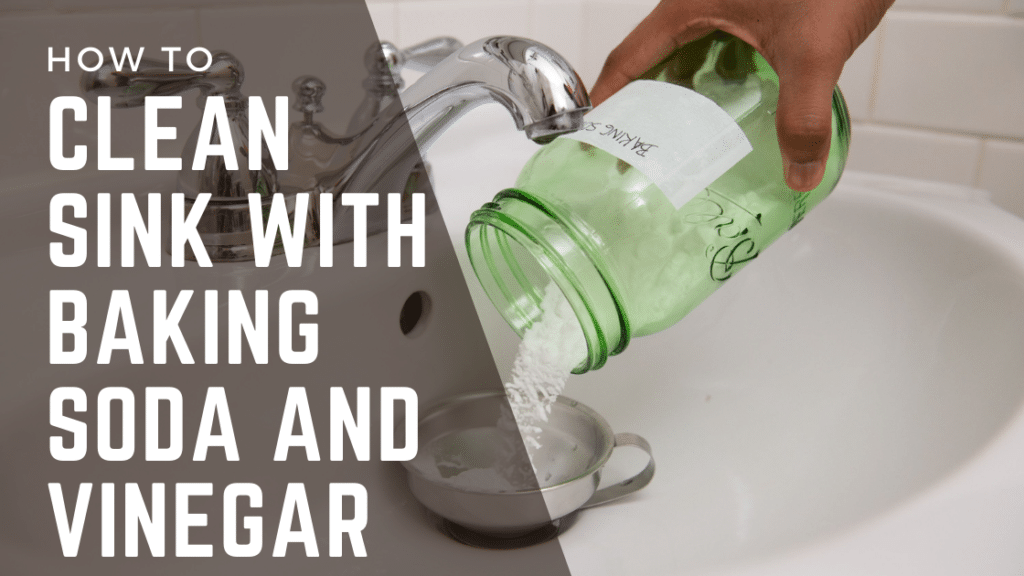 Vinegar has been a staple in kitchens for centuries, and for good reason. Its acidic properties make it a powerful natural cleaner that is not only effective but also environmentally friendly. When it comes to keeping your kitchen sink clean and shiny, vinegar is a must-have cleaning agent. With its ability to cut through grease and grime, vinegar is an essential tool to have in your cleaning arsenal.
Vinegar has been a staple in kitchens for centuries, and for good reason. Its acidic properties make it a powerful natural cleaner that is not only effective but also environmentally friendly. When it comes to keeping your kitchen sink clean and shiny, vinegar is a must-have cleaning agent. With its ability to cut through grease and grime, vinegar is an essential tool to have in your cleaning arsenal.
The Benefits of Using Vinegar in Your Kitchen Sink
 Not only is vinegar a cost-effective alternative to harsh chemical cleaners, but it also has numerous benefits for your kitchen sink. One of the main advantages of using vinegar is that it is a natural disinfectant, killing germs and bacteria without the use of harmful chemicals. This is especially important in a space where food is prepared and dishes are washed. Additionally, vinegar is non-toxic and safe to use around children and pets.
Not only is vinegar a cost-effective alternative to harsh chemical cleaners, but it also has numerous benefits for your kitchen sink. One of the main advantages of using vinegar is that it is a natural disinfectant, killing germs and bacteria without the use of harmful chemicals. This is especially important in a space where food is prepared and dishes are washed. Additionally, vinegar is non-toxic and safe to use around children and pets.
How to Use Vinegar for a Sparkling Clean Sink
 To clean your kitchen sink with vinegar, simply mix equal parts white vinegar and water in a spray bottle. Spray the solution onto your sink and let it sit for a few minutes. Then, use a sponge or cloth to scrub the sink, paying extra attention to any stubborn stains or buildup. Rinse with water and dry with a clean cloth for a sparkling clean finish.
To clean your kitchen sink with vinegar, simply mix equal parts white vinegar and water in a spray bottle. Spray the solution onto your sink and let it sit for a few minutes. Then, use a sponge or cloth to scrub the sink, paying extra attention to any stubborn stains or buildup. Rinse with water and dry with a clean cloth for a sparkling clean finish.
Other Uses for Vinegar in the Kitchen
 Aside from cleaning your sink, vinegar also has other practical uses in the kitchen. It can be used to remove stubborn stains on countertops and cutting boards, deodorize garbage disposals, and even clean and polish stainless steel appliances. Its versatility makes it a valuable asset in any kitchen.
Aside from cleaning your sink, vinegar also has other practical uses in the kitchen. It can be used to remove stubborn stains on countertops and cutting boards, deodorize garbage disposals, and even clean and polish stainless steel appliances. Its versatility makes it a valuable asset in any kitchen.
In Conclusion
 In summary, vinegar is a powerful and natural cleaning agent that can do wonders for your kitchen sink. With its ability to disinfect and cut through grease and grime, it is a must-have for any household looking for a safe and effective way to keep their kitchen clean. So why not give it a try and see the difference it can make in your kitchen sink?
In summary, vinegar is a powerful and natural cleaning agent that can do wonders for your kitchen sink. With its ability to disinfect and cut through grease and grime, it is a must-have for any household looking for a safe and effective way to keep their kitchen clean. So why not give it a try and see the difference it can make in your kitchen sink?






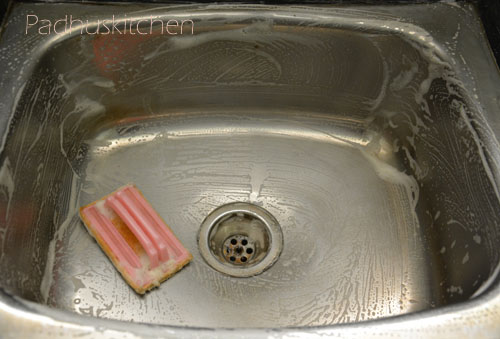






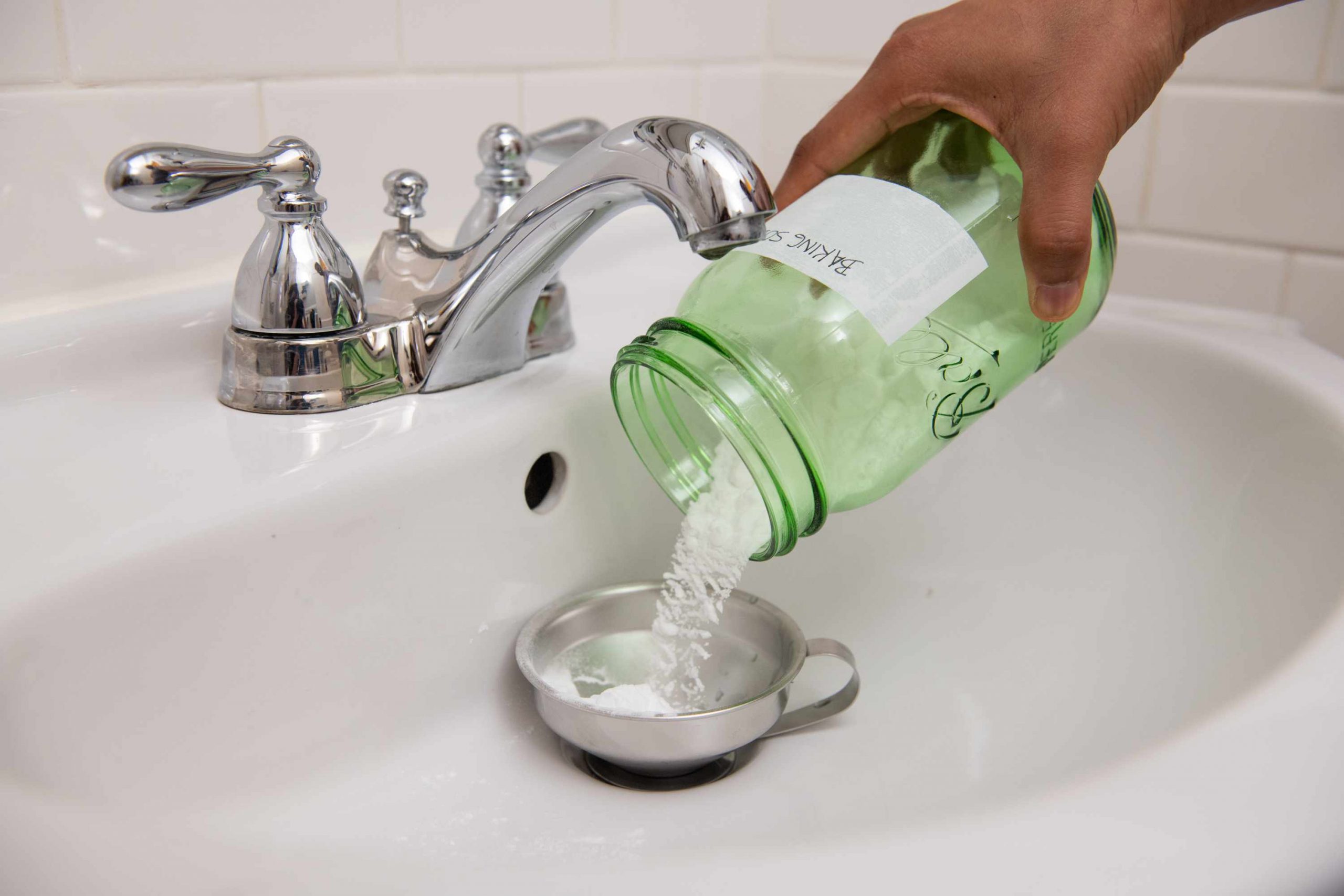

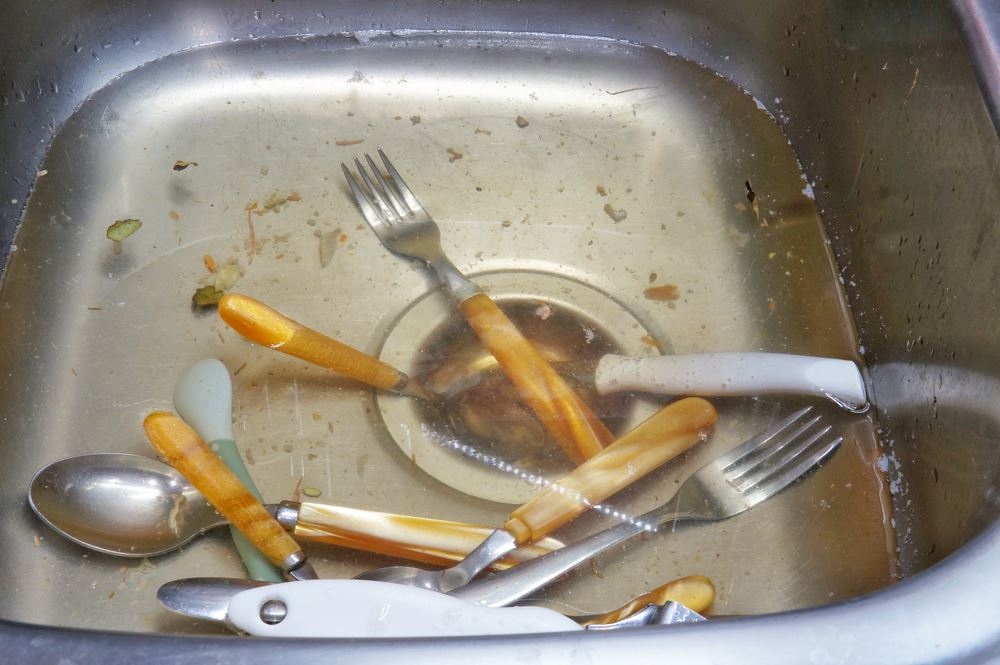


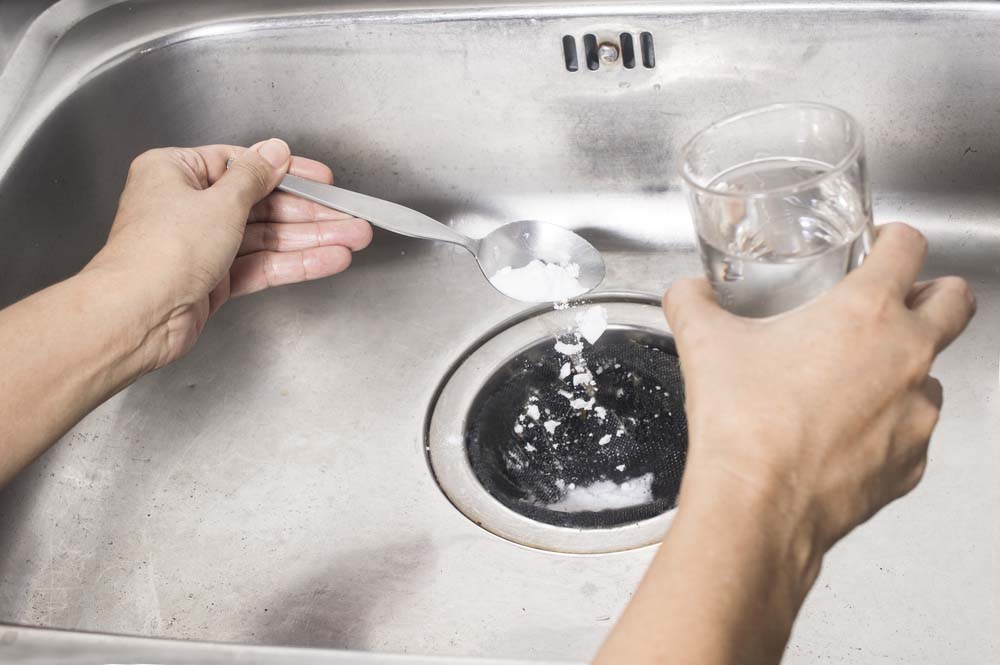







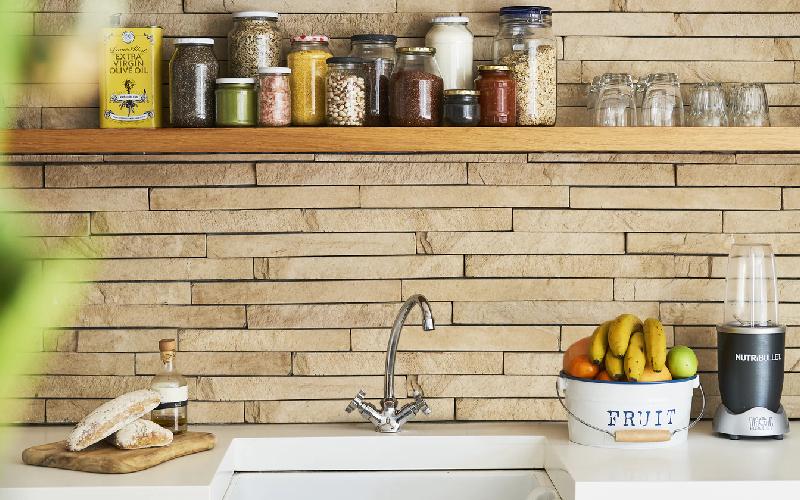
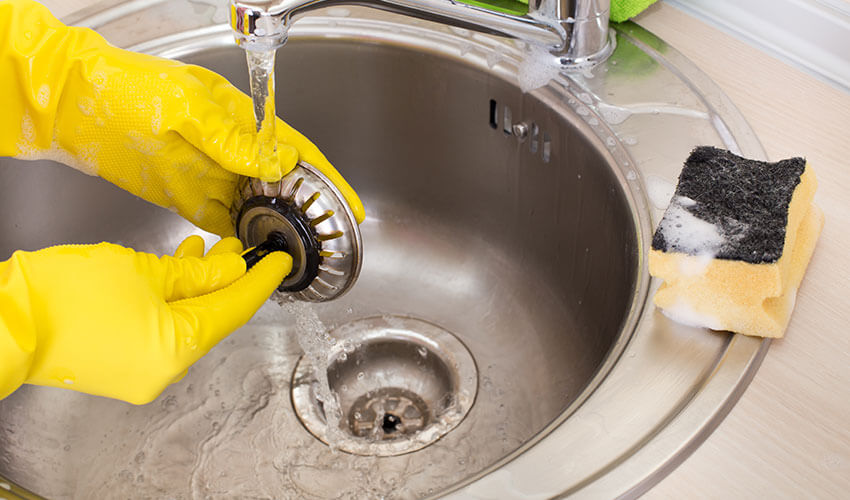




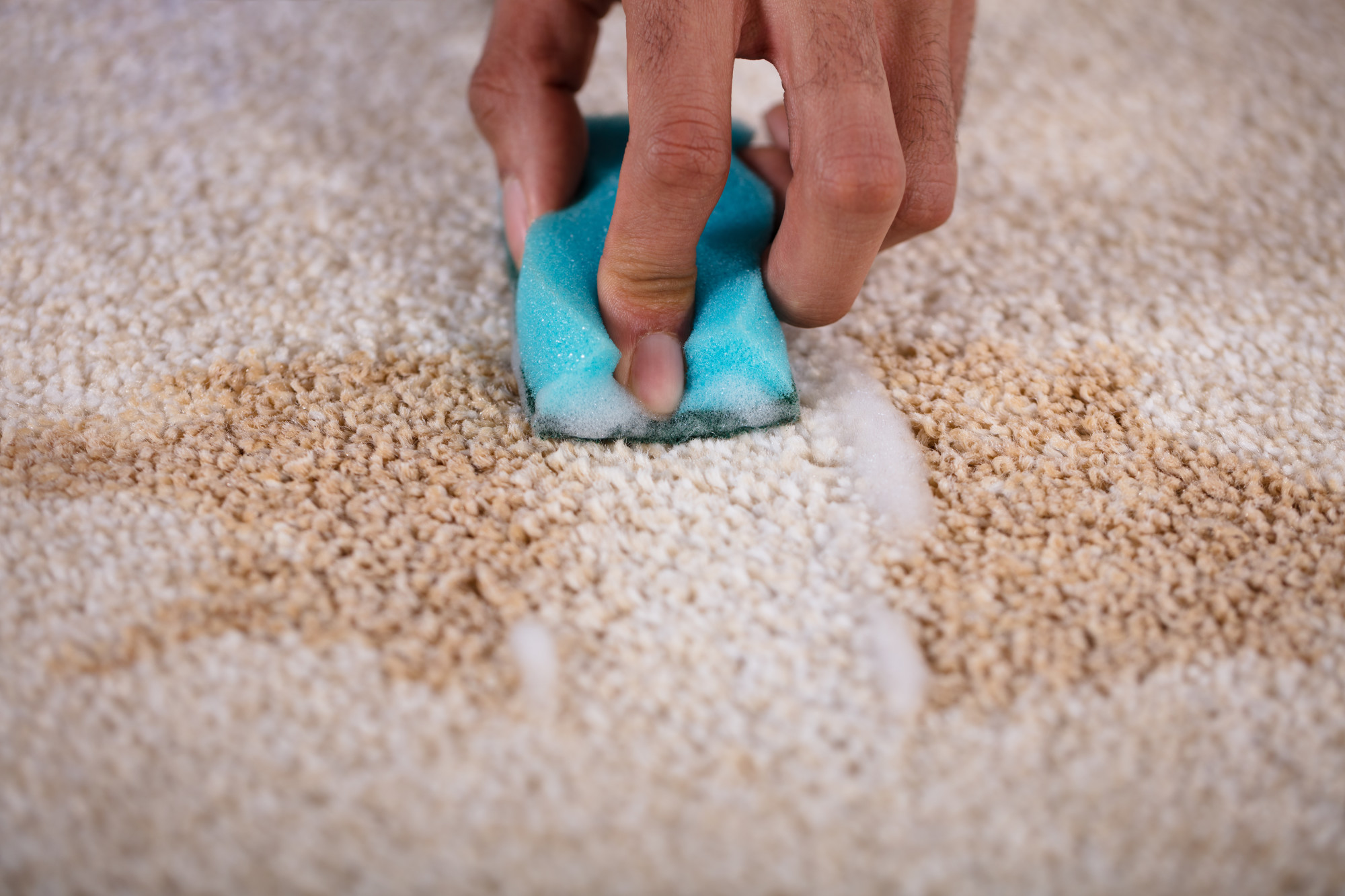


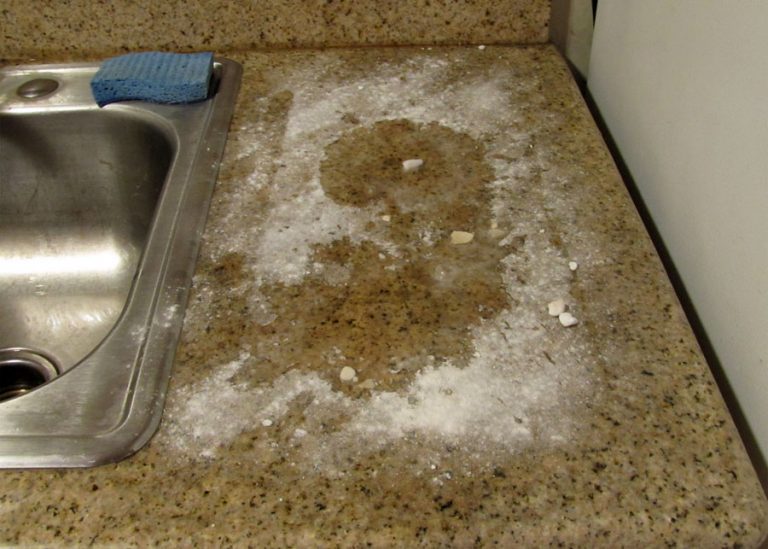







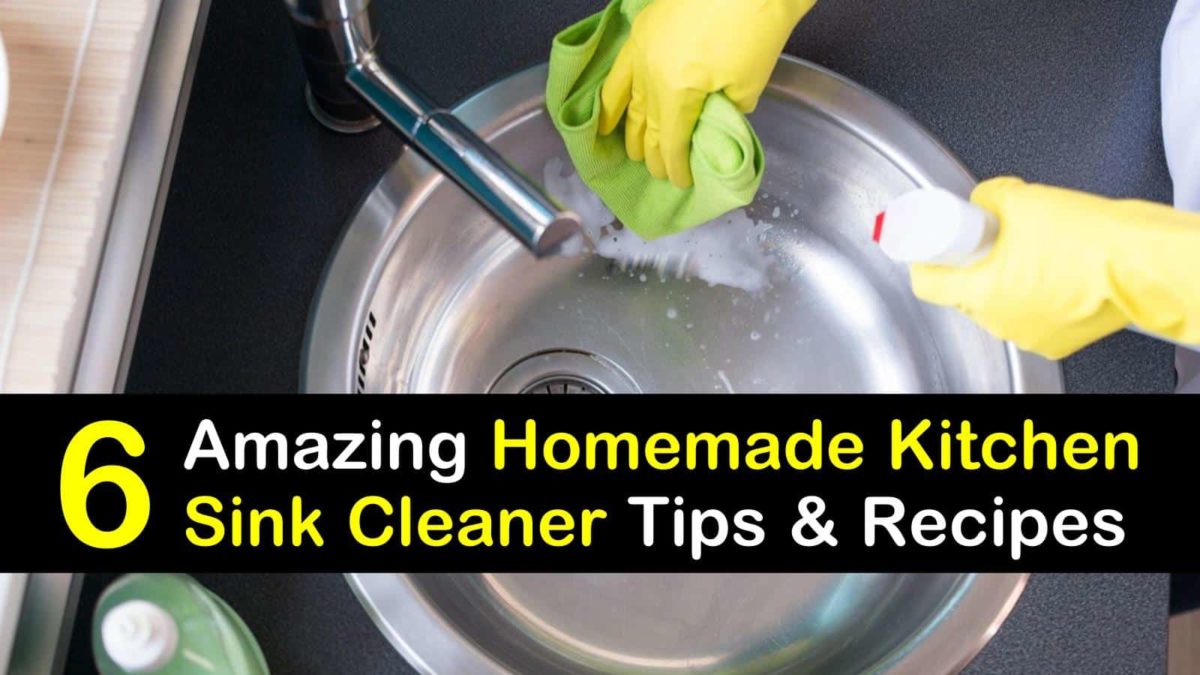



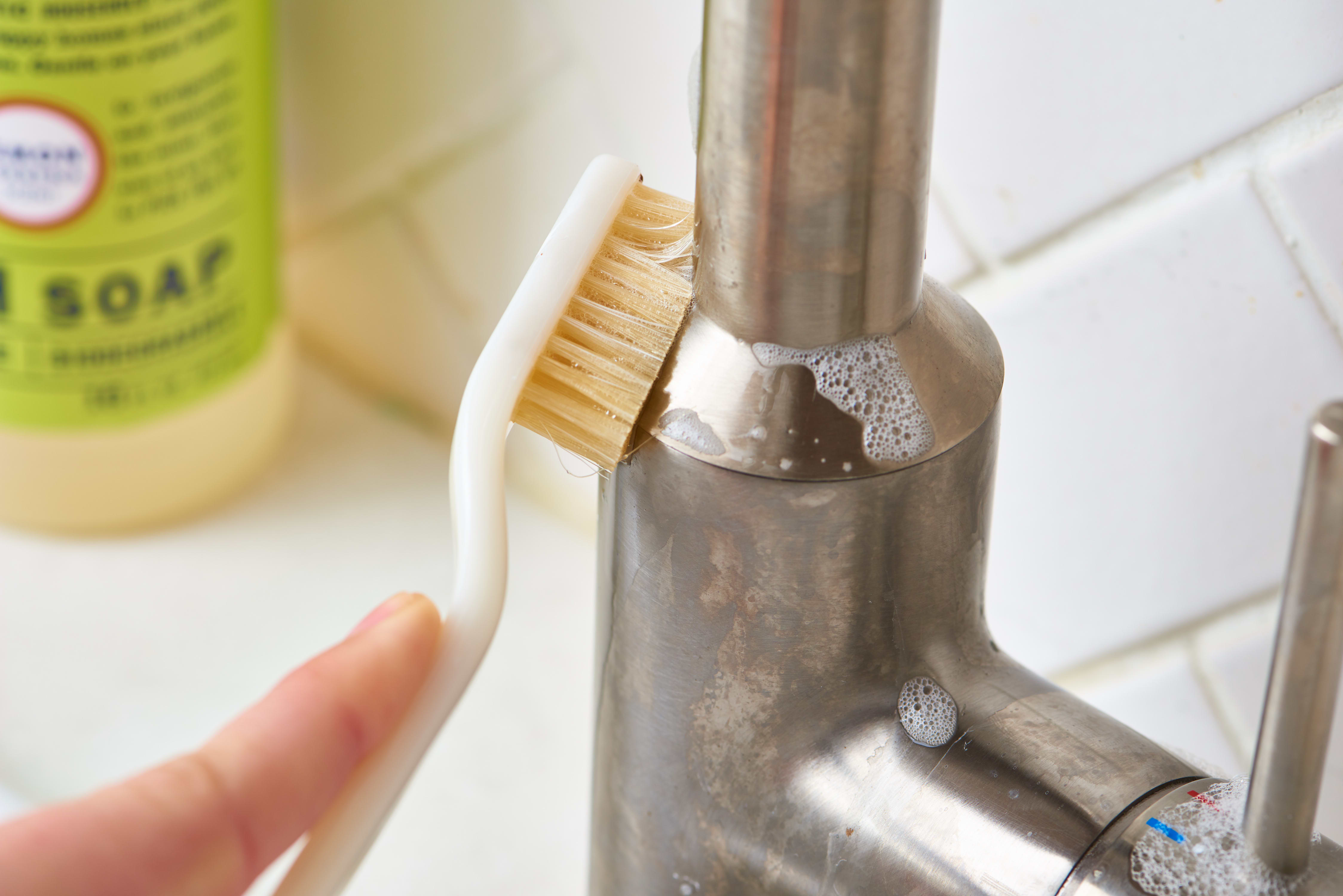





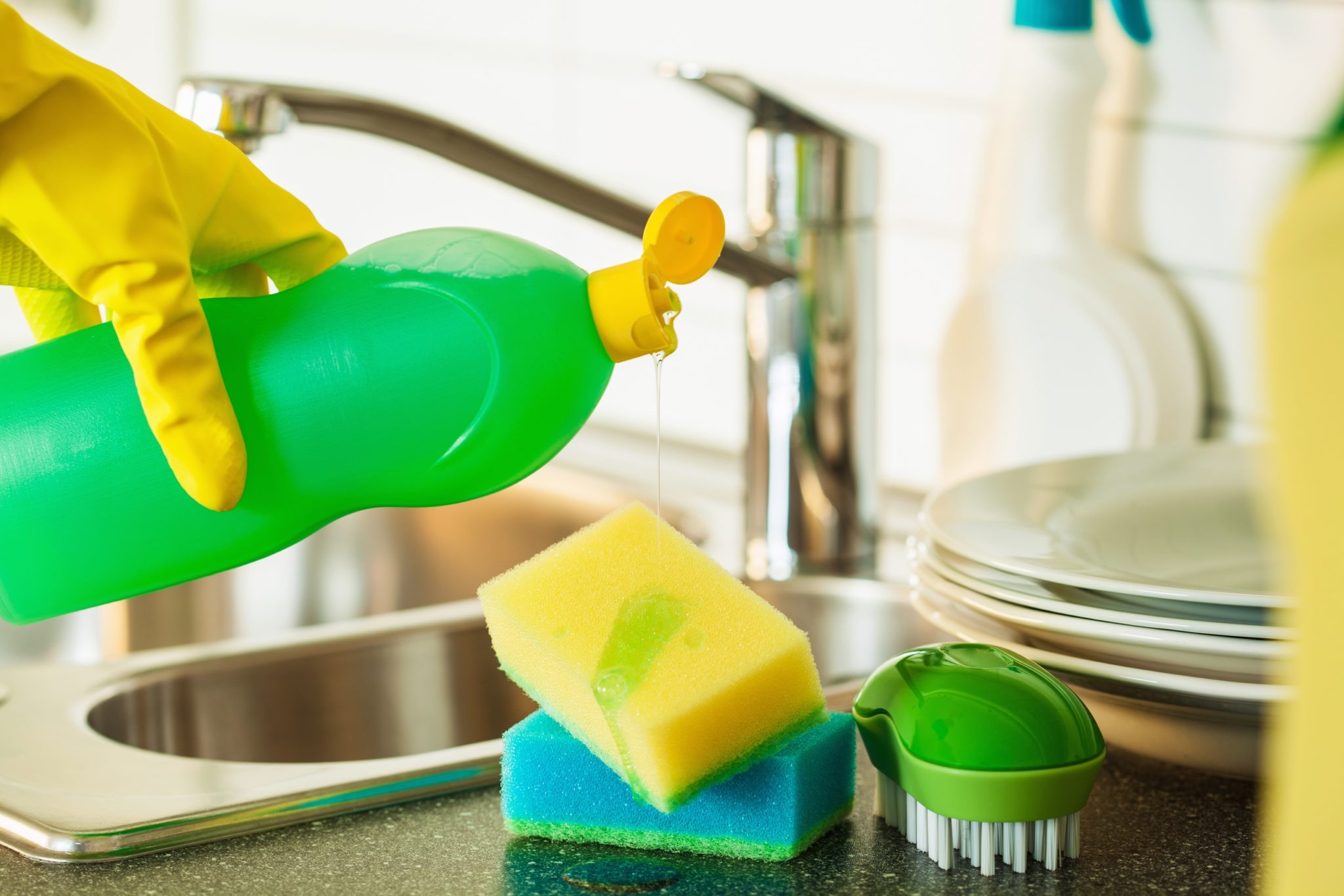
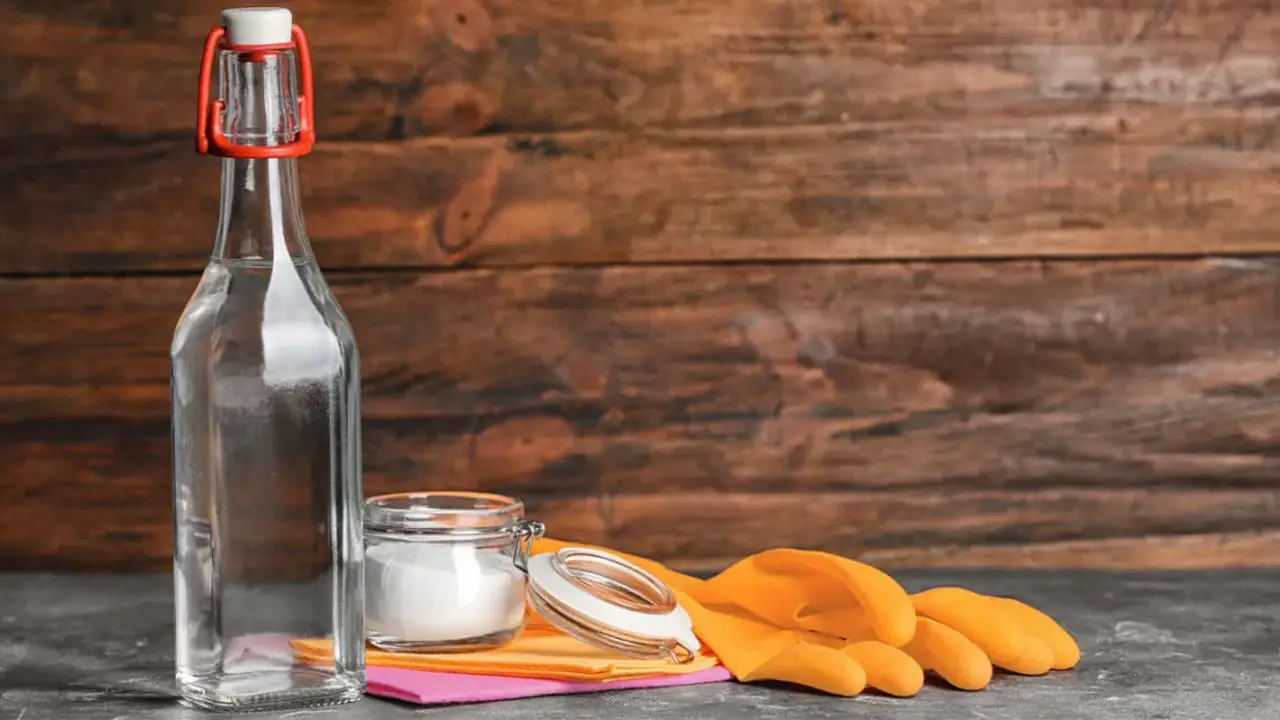

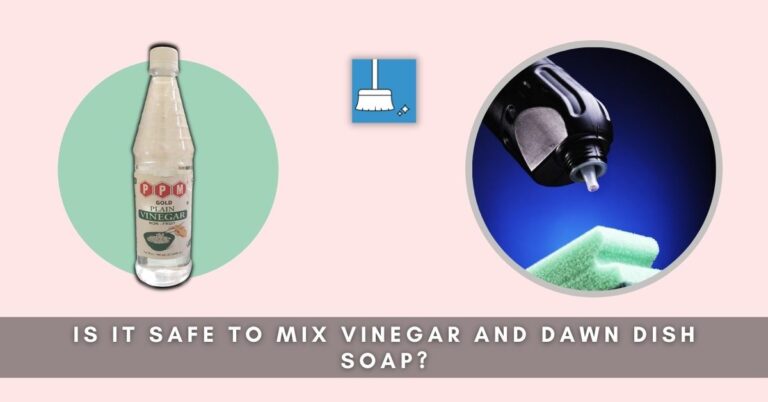
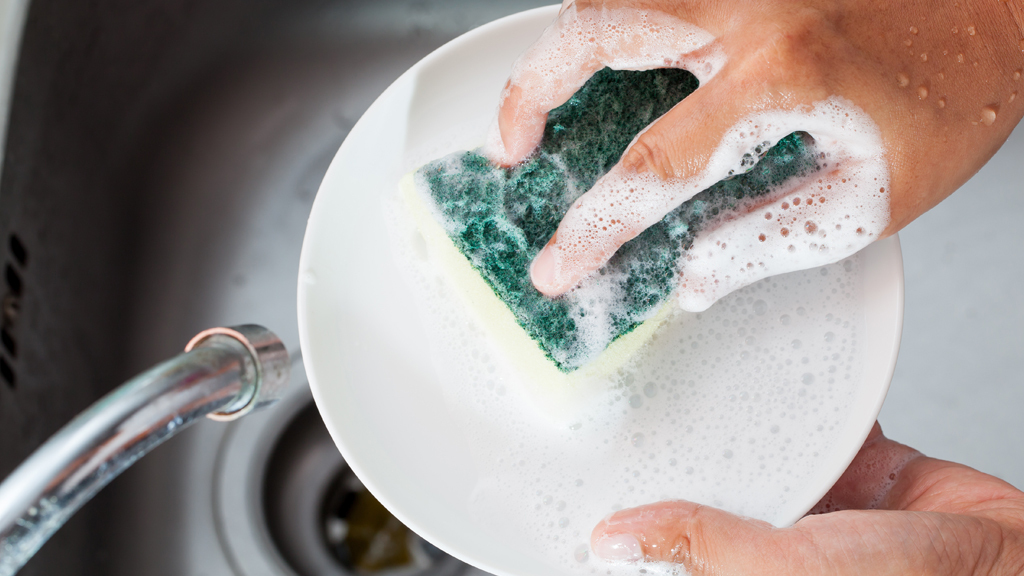
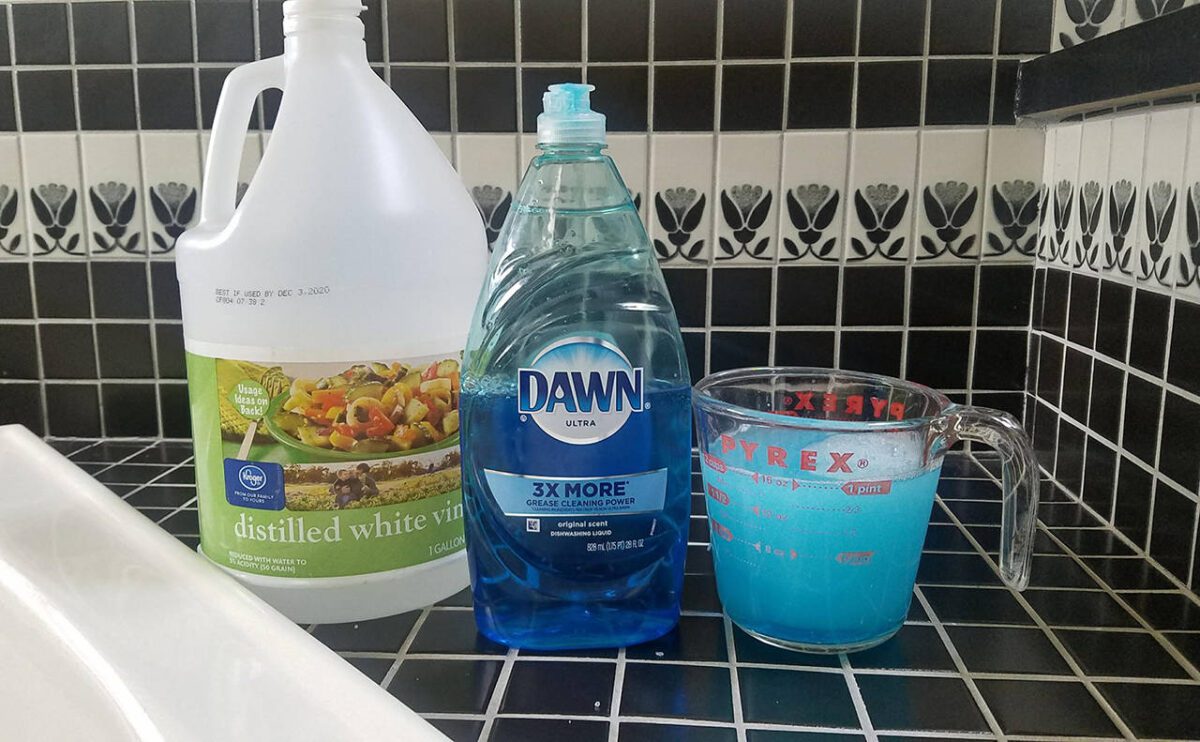
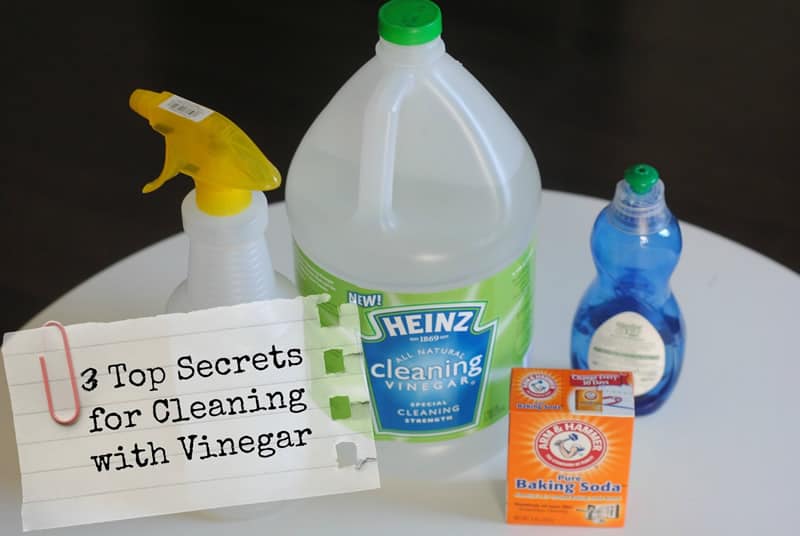
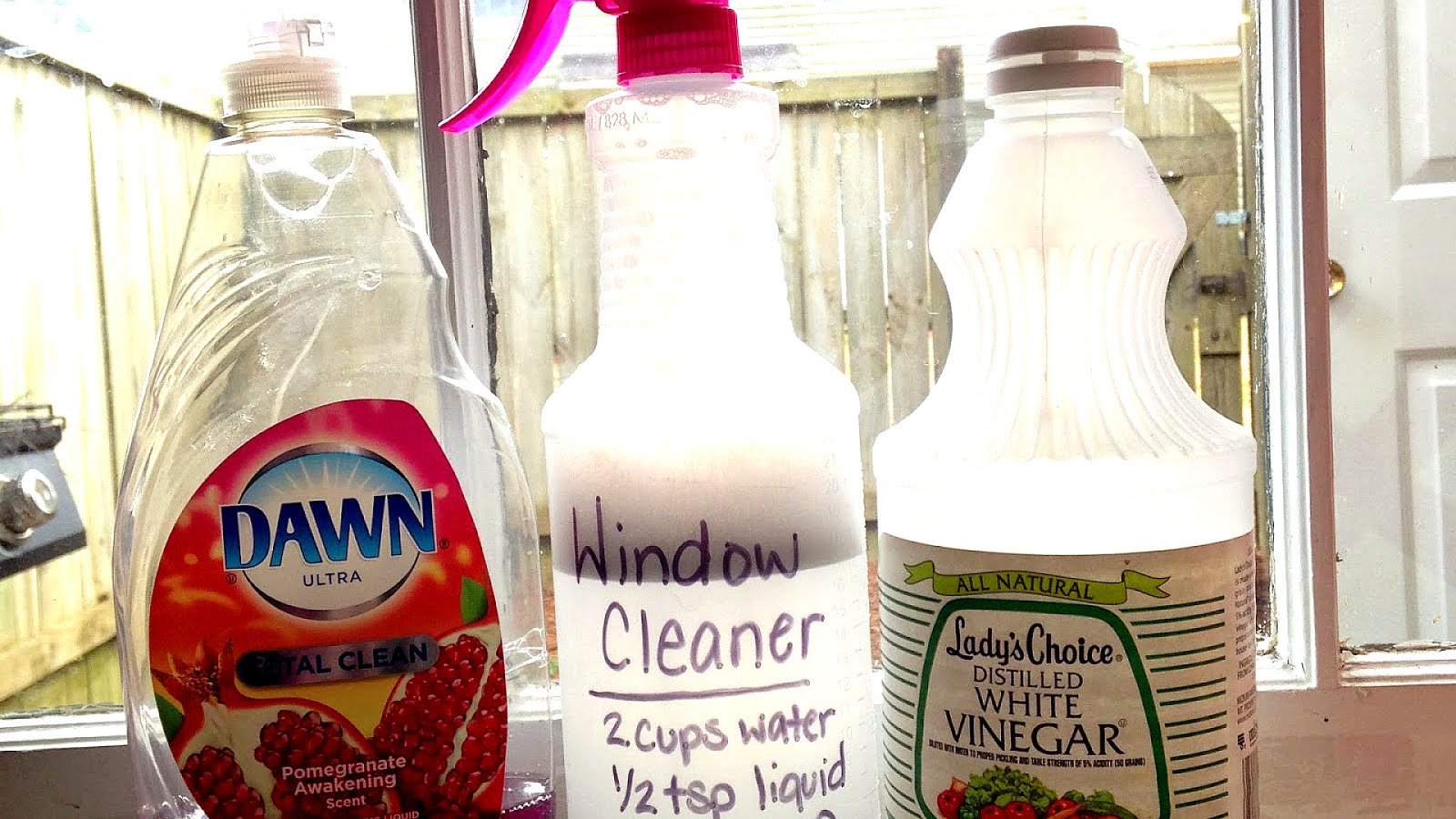
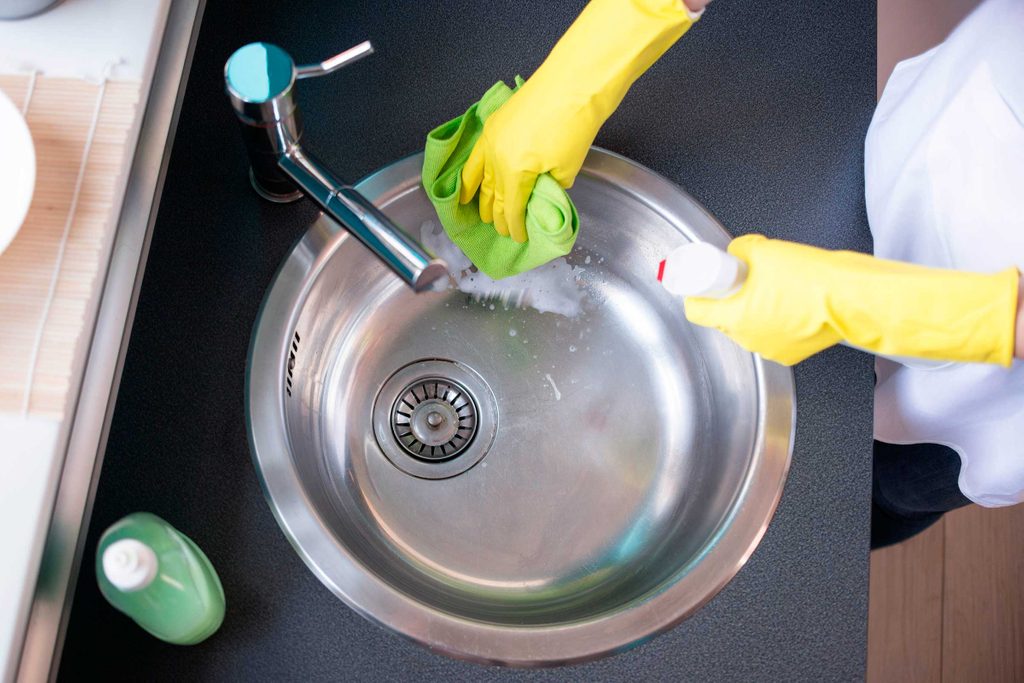


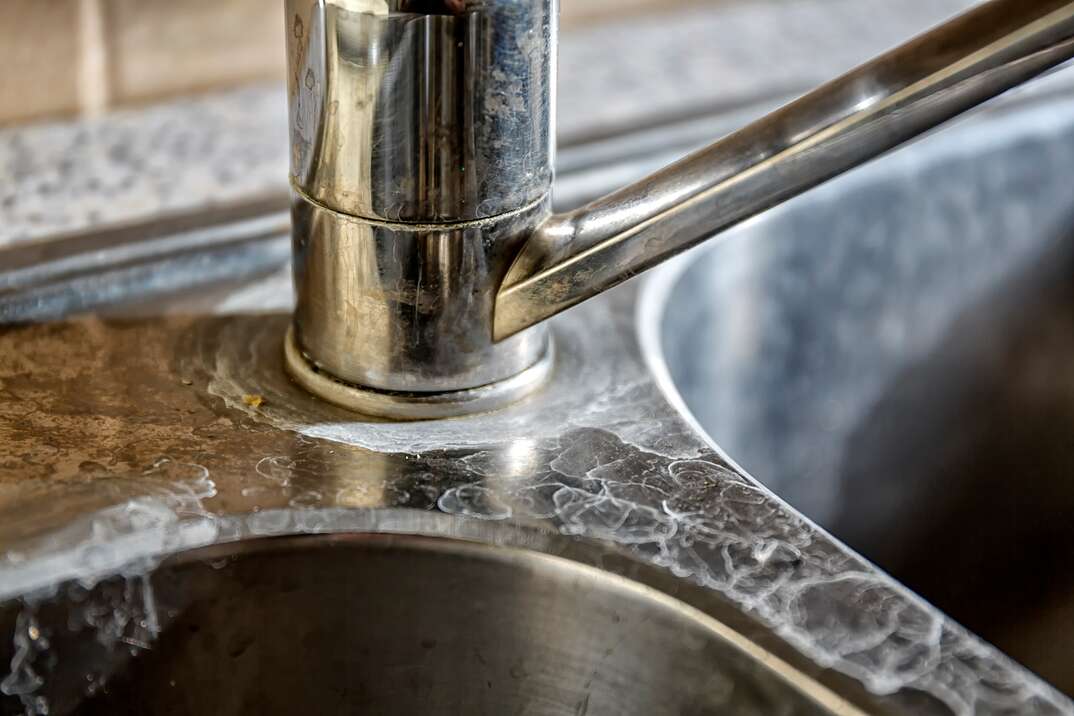

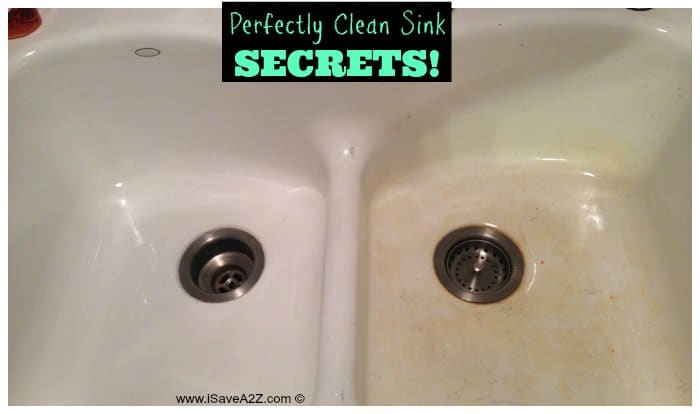

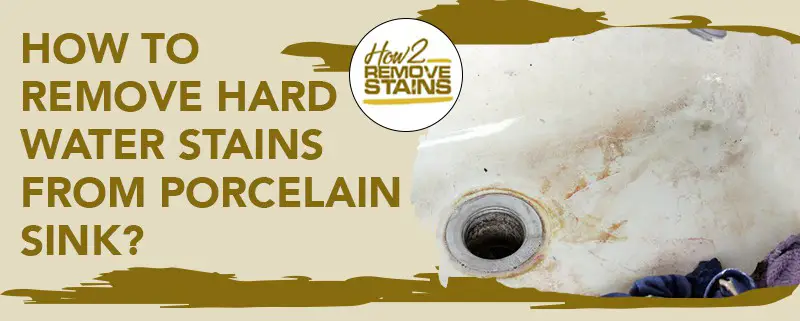
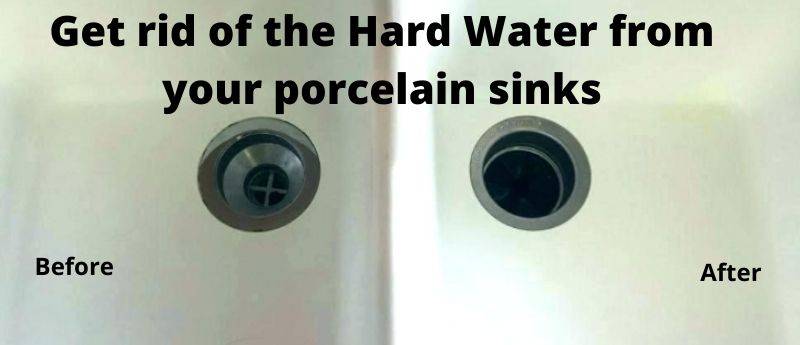











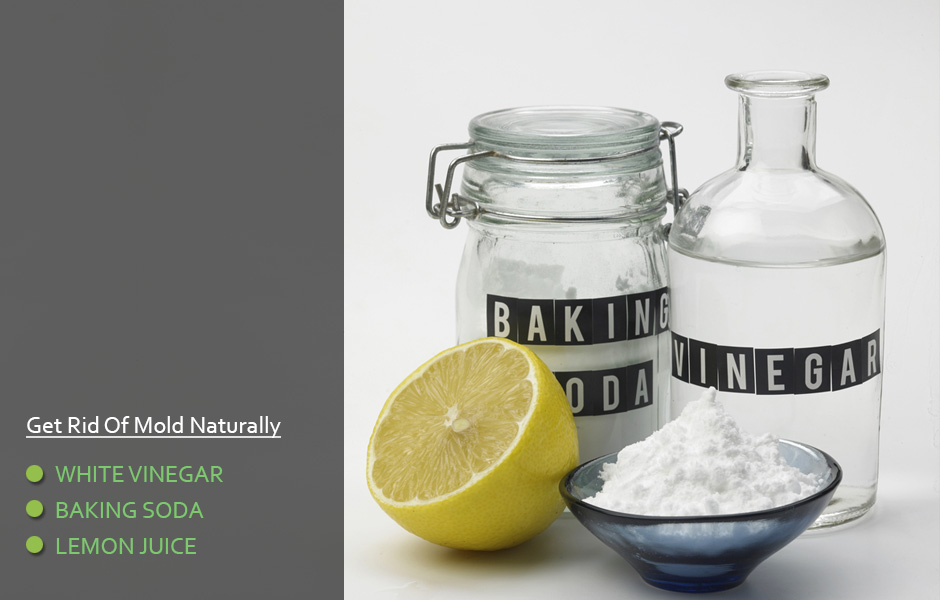







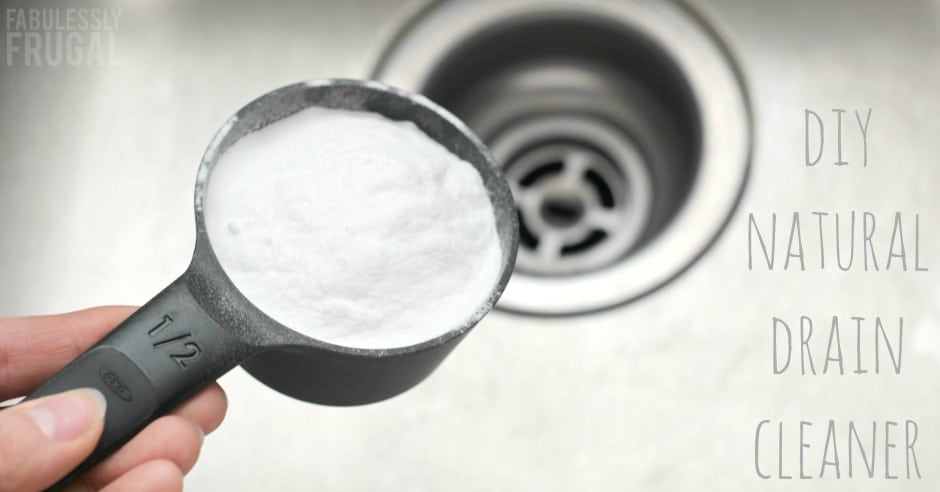


:max_bytes(150000):strip_icc()/freshen-and-unclog-drain-with-baking-soda-1900466-22-bbf940b70afa4d5abef0c54da23b1d3f.jpg)


